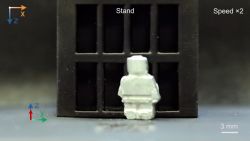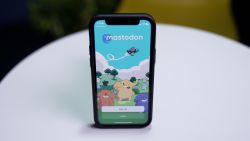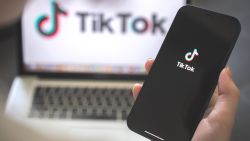Apple’s high-end iPhones typically get the most buzz. But the iPhone XR, a lower cost model that comes out on Friday, stole the show at the company’s September product launch. And for good reason.
The iPhone XR is remarkably similar to the fancier iPhone XS and XS Max. It’s got the same fast A12 bionic chip, the same front-facing camera, the same wide-angle camera, the same wireless charging tech, the same speakers and the same Face ID support.
The biggest difference? It costs $250 less.
There are, however, some other important differences between the XR and the pricier XS and XS Max. The XR is really something for iPhone 8 and older users looking for an upgrade.
Here’s what you need to know if you’re in the market for a new phone:
The screen
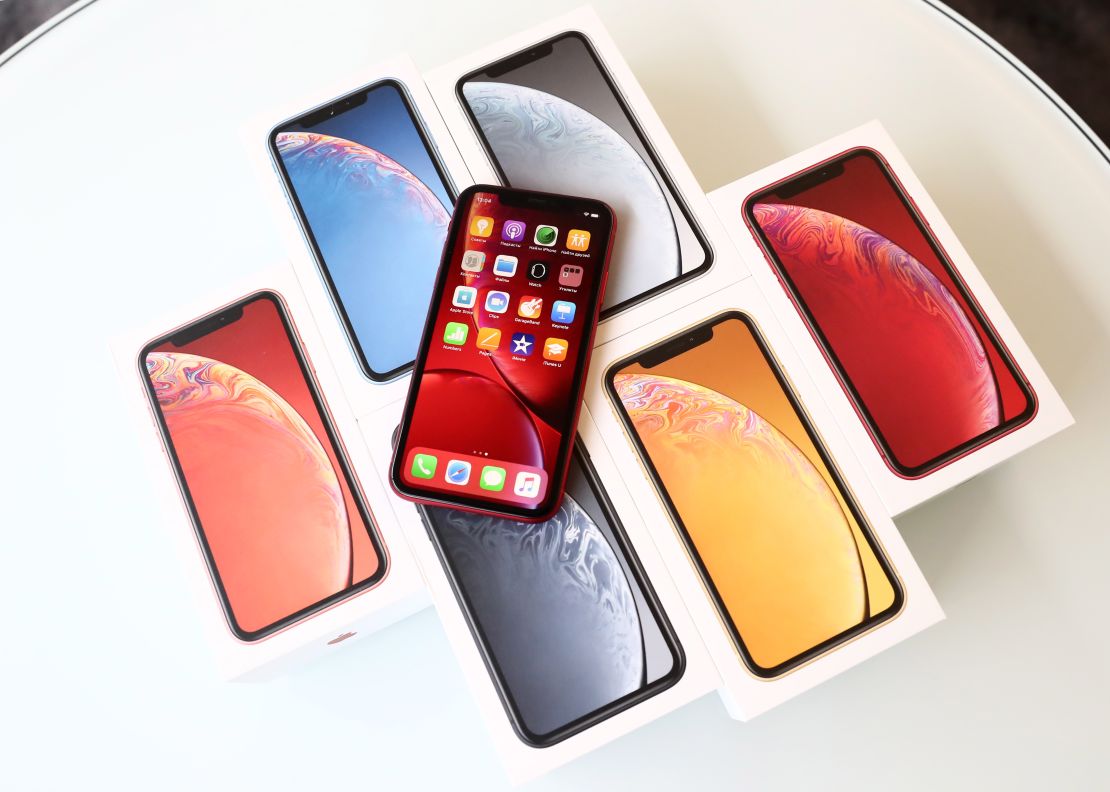
Size is a key difference. The XR screen comes in at 6.1 inches — just between the XS, which measures 5.8 inches, and the 6.5-inch XS Max. It’s big enough that if you have smaller hands, you’ll need to stretch your thumb far over the screen to tap open apps.
But size is simply a user preference.
The real differences between the screens are what they can do and show. Apple uses an LCD display for the XR instead of the more expensive OLED screen found on the XS and XS Max. Its resolution is slightly less than 1080p, so it can’t play full HD videos, and isn’t as sharp. Limited resolution is the iPhone XR’s top drawback, and it might be enough for some people to pay for the XS or XS Max. But many will find that these display limitations don’t actually matter to them.
The iPhone XR doesn’t include Apple’s pressure sensitive feature, called 3D Touch, so you can’t firmly press on apps to reveal more information like you can on the XS and XS Max. But the absence of 3D Touch is far from a deal breaker. Few people actually use it.
The design
The XR is heavier and a bit thicker than the iPhone XS, and it has a border around the display. It’s not as sleek as the XS and XS Max’s edge-to-edge display, but that’s an aesthetic issue.
The XR also comes with an aluminum frame, instead of the extra durable steel frame on the higher-end devices.
The colors
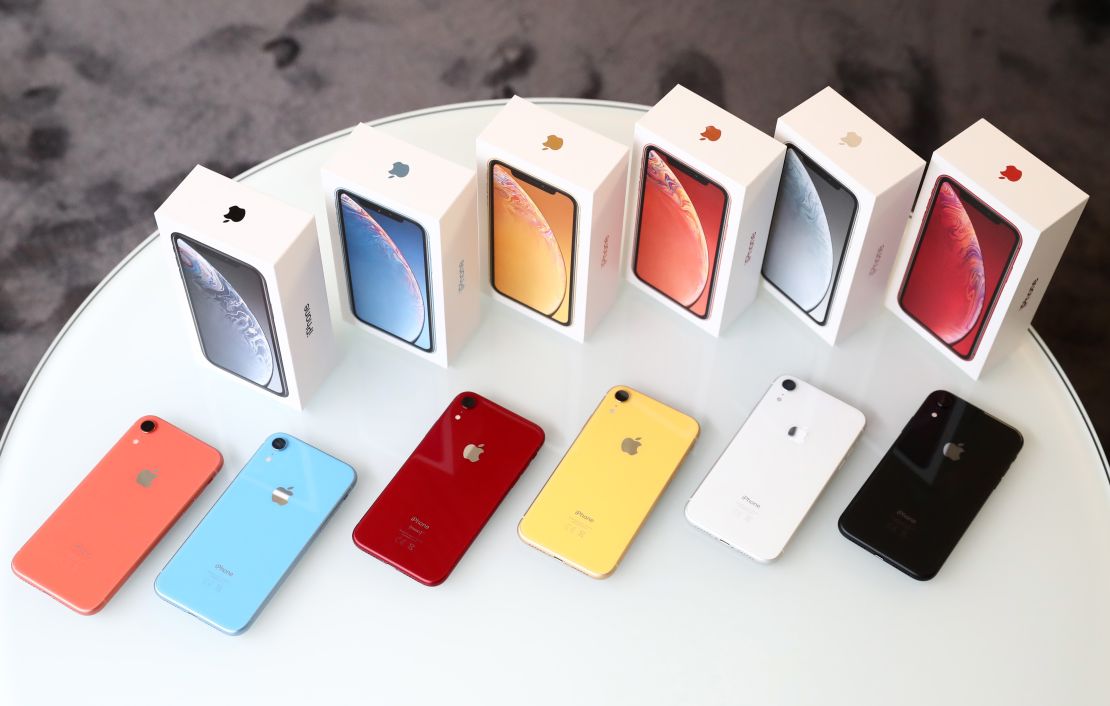
Unlike Apple’s muted high-end phones, the XR has six fun shades to choose from — coral, red, white, black, yellow and blue — and the hues look even better and more nuanced in person than they do when advertised. It’s the first time Apple has introduced statement colors since the iPhone 5C in 2013, and that one only came in five colors.
The new colors are a big selling point over the tried and true space gray, silver and gold options. But let’s be honest: You’ll cover it up with a case anyway (although maybe you should opt for a clear one).
The camera
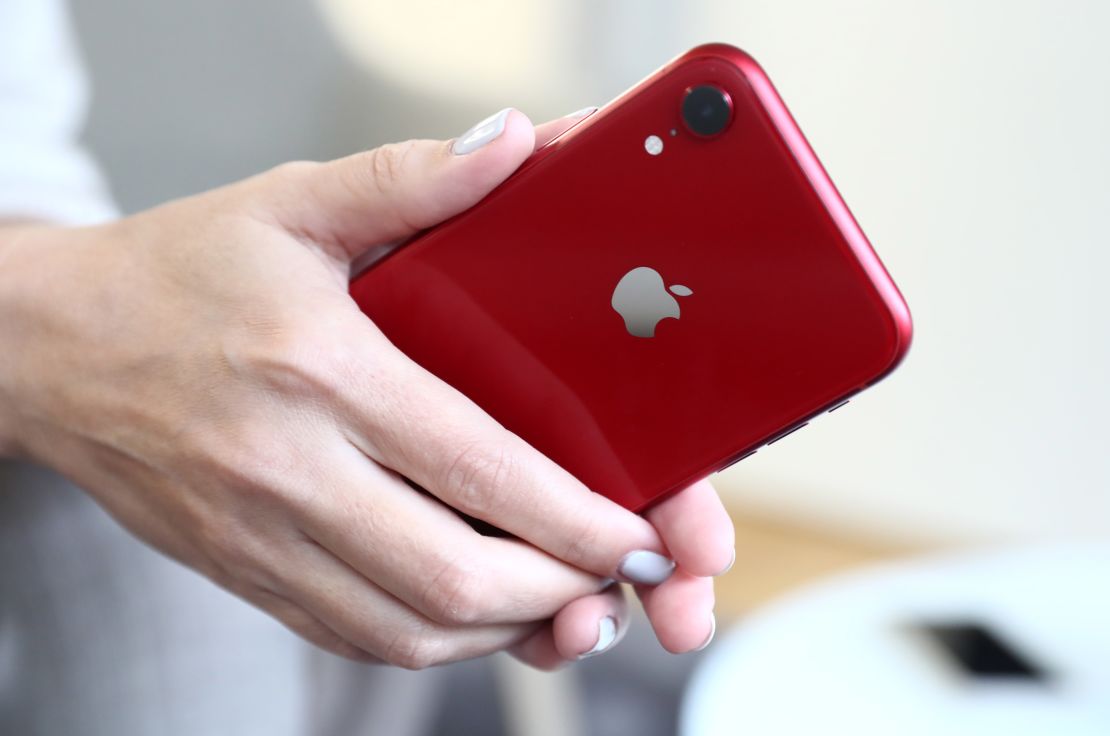
Aside from the LCD display, the second biggest drawback to the iPhone XR is the lack of a telephoto lens.
The device includes two cameras, one on the front for selfies and a single wide-angle lens on back. The higher-end models have an additional telephoto camera on the back for zooming in. Without the second camera, you won’t have 2x optical zoom on the XR.
Save for that limitation, Apple didn’t compromise on image quality.
The XR takes beautiful shots in Portrait Mode, which gives you the ability to change background depth. It also includes Smart HDR, allowing you to snap multiple pictures at different exposures at the same time to get the best photo.
Battery
You’d think the higher-end models would have a longer-lasting battery, but Apple says the iPhone XR will get you about two to three hours more internet usage compared to the XS and XS Max. During our tests, we were impressed by the XR’s longevity, and how it easily survived a long day of use. This is a practical reason to choose the XR over the other models.
Price
Although the XR is less expensive than the other new iPhones, it’s by no means cheap: It starts at $749 for a 64GB version. That’s still far less than the starting iPhone XS model ($999) and the iPhone XS Max ($1,099) for the same storage capacity.
If you spring for the iPhone XR 128GB option for $50 more, you’re still paying $200 less than you would for the iPhone XS. That might be the most compelling option in this whole lineup: you’re getting substantial storage and still coming up below what you’d spend on a flagship model.
If you don’t watch a ton of HD videos and don’t need a telephoto lens on your camera, you’re really not missing out on much with the iPhone XR.
And did we mention it costs less?








